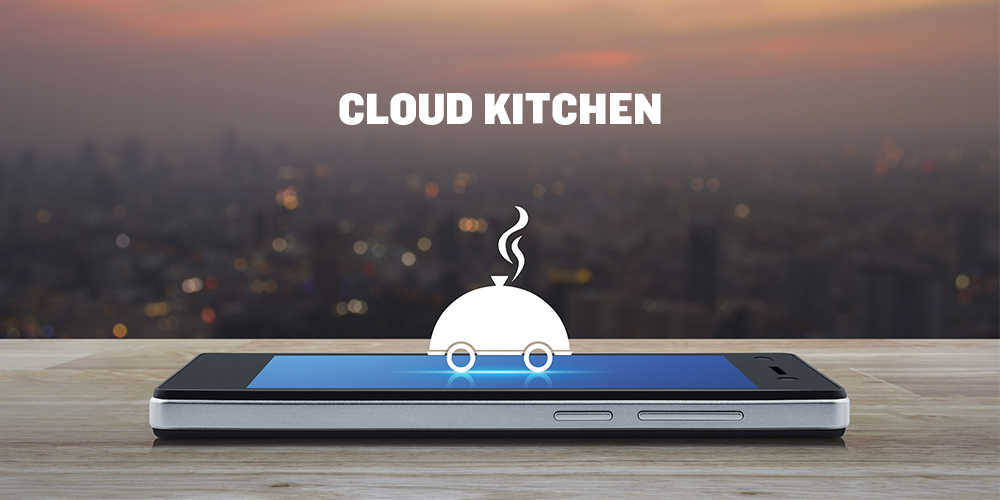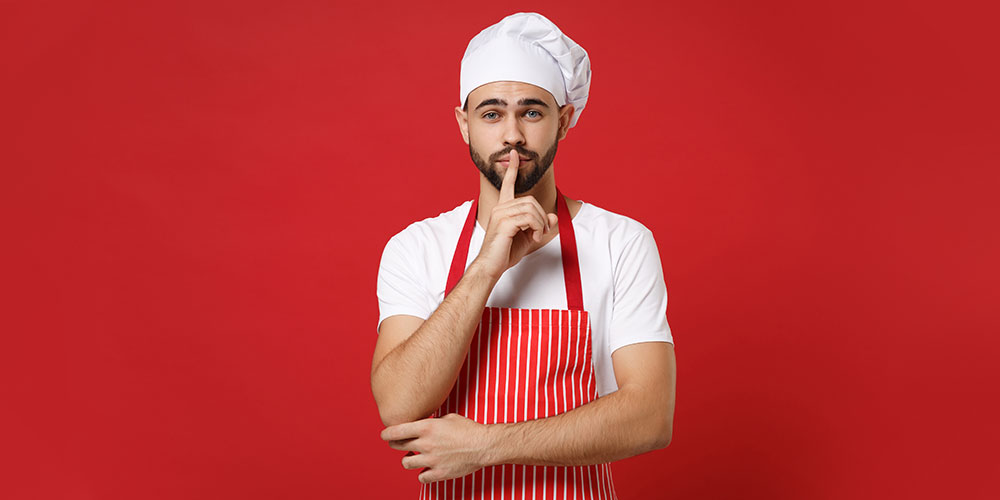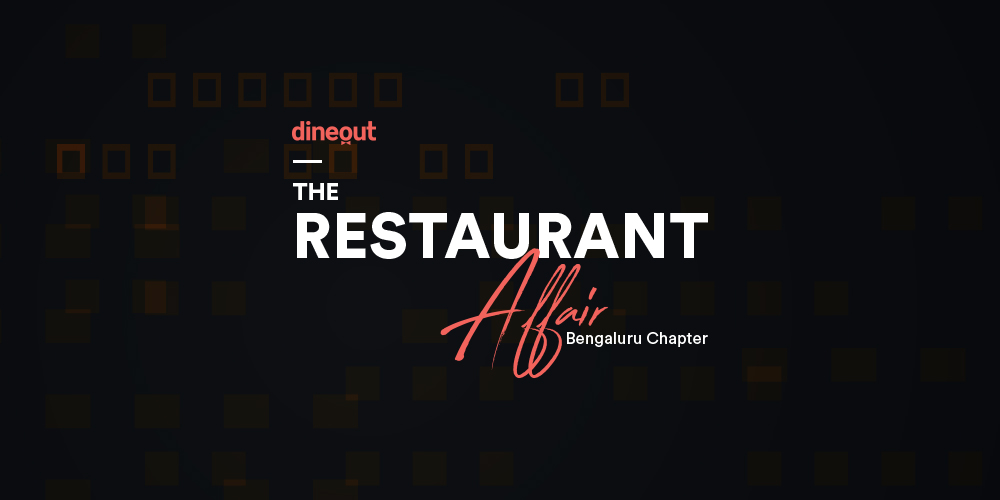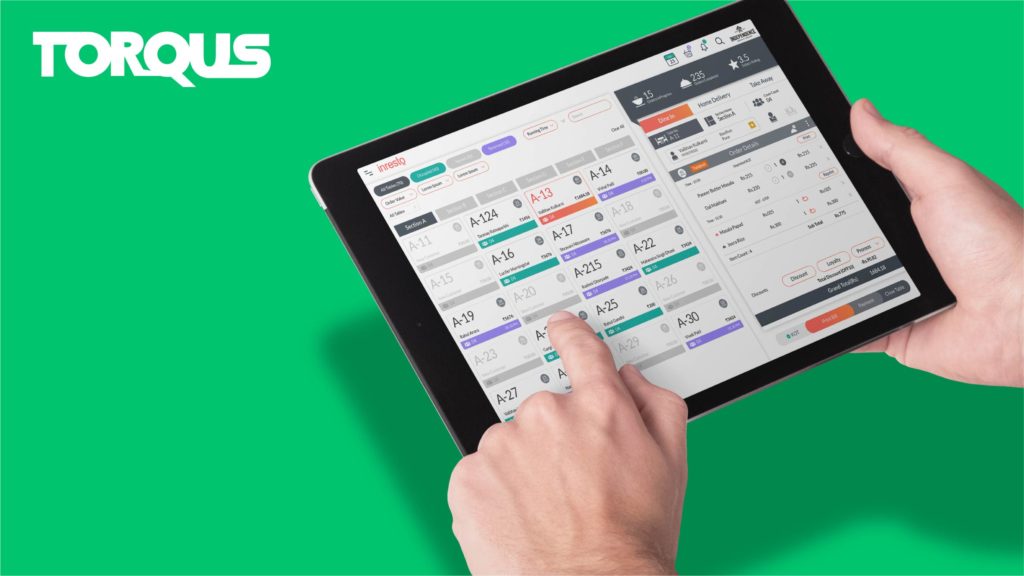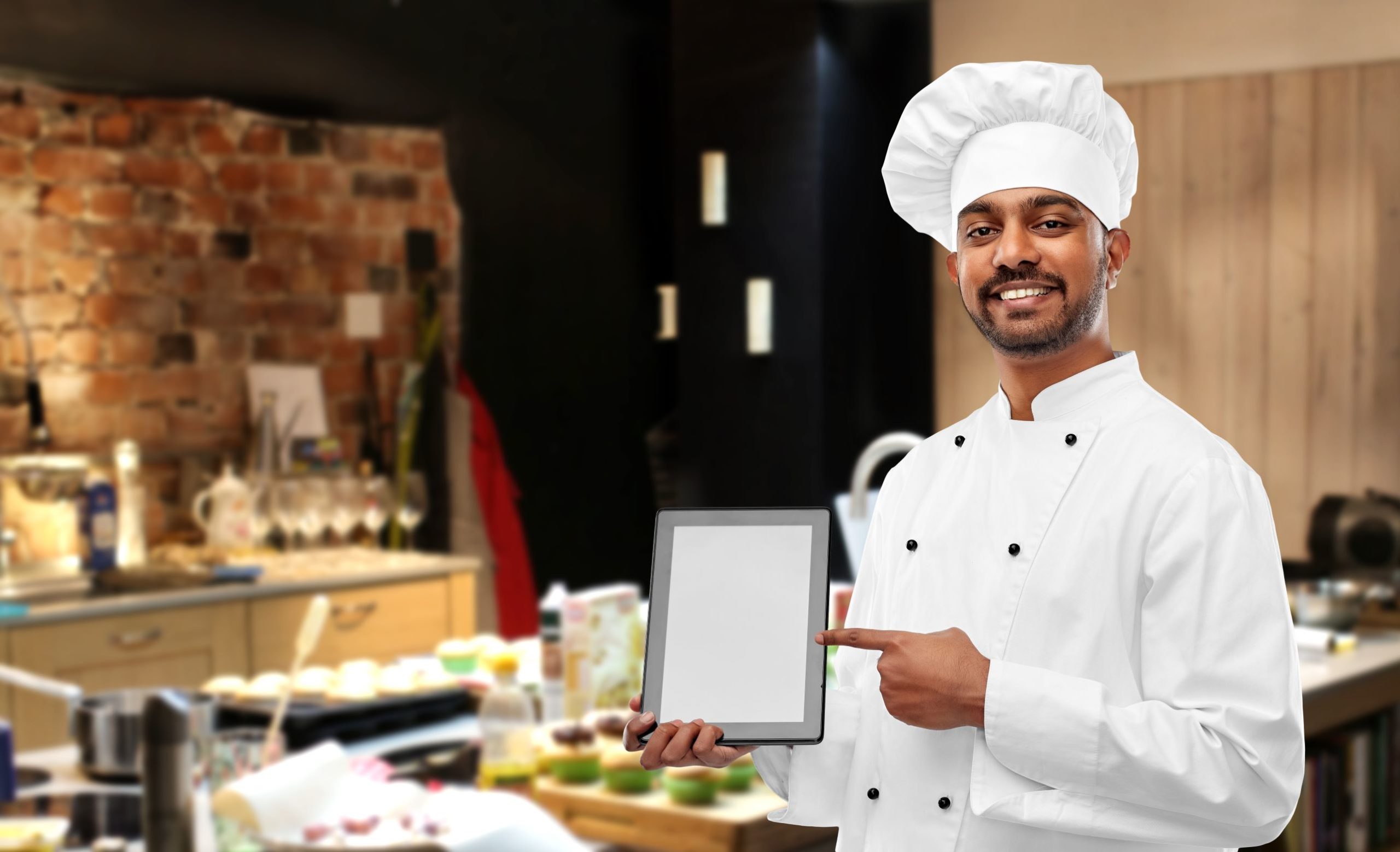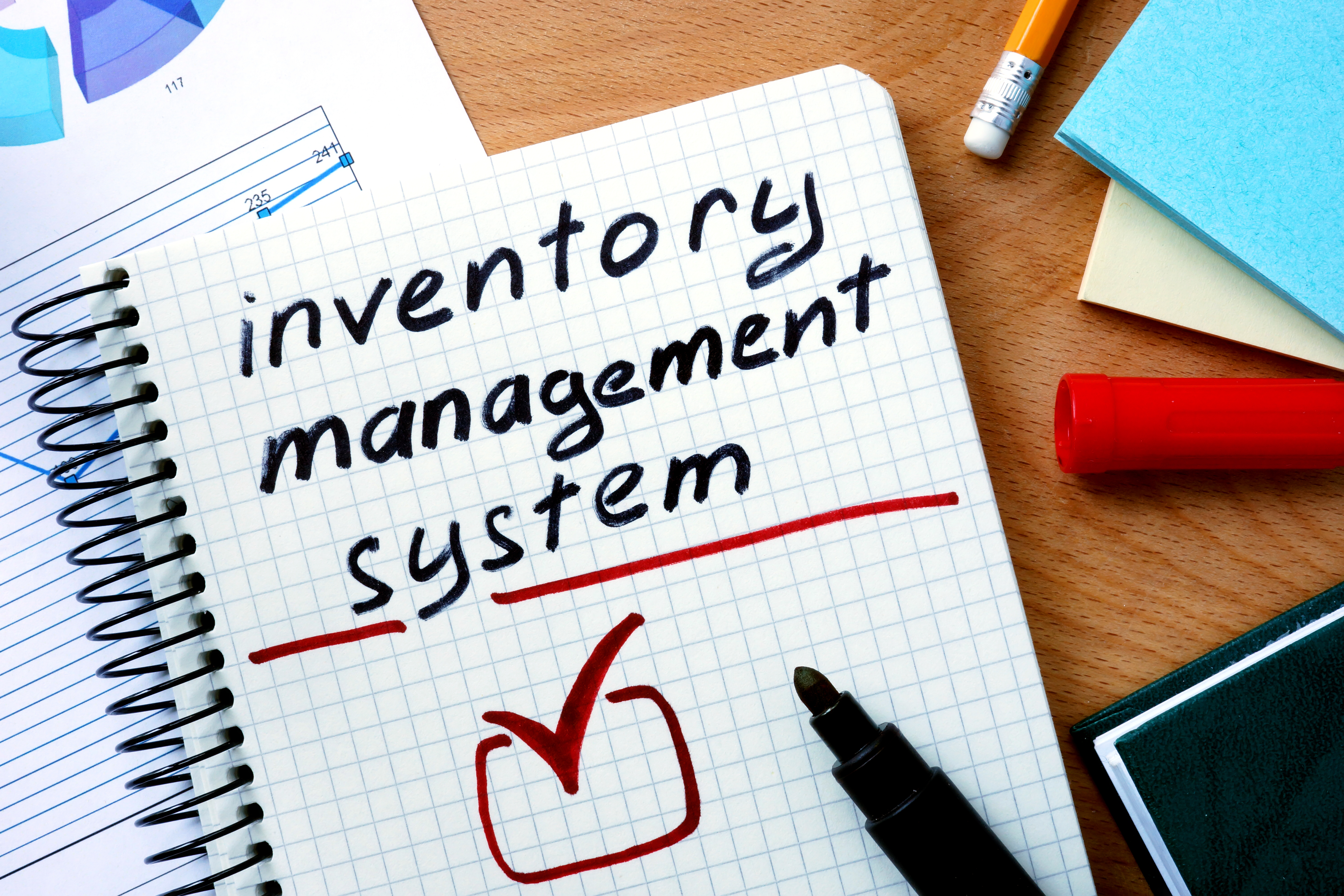For the past few years, the restaurant industry has been quite experimental in terms of technology and has witnessed favorable growth. New technological innovations are sliding every day and creating a buzz in the market.
Technology is the backbone for restaurants that accept incoming orders only through online ordering systems. Commonly known as cloud kitchens, they have a base kitchen that delivers food to the customers with no dine-in facility. At any given point, a cloud kitchen uses at least 5 to 6 varied tech products, including Point of sale systems (POS), CRM, Loyalty, Campaigns, and more. All technology platforms give out data but are not interlinked. Managing a variety of technology solutions individually can be a little challenging.
Cloud kitchens operate for the benefit of the customers who just love App-based and easy ordering. They are discovered online through various mediums like Facebook, Web discovery, delivery aggregators, and more. With orders pouring in from multiple online platforms (Thanks to digital being so successful), it becomes virtually impossible to keep up. It requires more labour, more work hours, and eventually results in increased cost and overworked employees.
Now let’s understand a restaurant’s plight – A customer orders regularly; however, the restaurant has no history of billing, order channel, dining pattern, order preferences, etc. because somewhere the system falls short. It is difficult for the restaurant management to track all of the above manually. Restaurants, especially cloud kitchens, require integrated software that can streamline all the operations for them.
Let’s paint a beautiful picture where all orders land directly into your POS dashboard, you can assign a delivery executive from the POS itself. Turning off all aggregator portals happens with a click without accessing each platform. Further to this, let’s erase the manual & tedious task of house operations, i.e., raw material requirement assessment, routing orders to suppliers, distribution of semi-prepared dishes from central kitchen to outlets, and more. Now let’s bring this picture to life because, with inresto POS, all of the above is possible.

Instead of dealing with multiple software vendors, cloud kitchens can use integrated software like the one inresto has, with all the restaurant management solutions at one place. This allows kitchens to focus on their core business without worrying about a stack of technological solutions.
All frontend and backend operations such as managing online orders from different aggregators- (Zomato, Swiggy, & more); enabling menu changes, customised pricing, assigning delivery executives, raw material requirement inventory management, data analysis, and more can be controlled from a single dashboard.
Statistics tell us that Inventory management is one of the biggest challenges that our Cloud kitchen partners have faced in the past. Space being a limitation, cloud kitchens can only store two to three days of stock, which makes it imperative to have optimum inventory to avoid negative impact amongst customers and wastage. With inresto’s SCM and POS integration, past sales can be analysed for trend recognition, which further enables our cloud kitchen partners to make stock and item exchange effortless.
Since the Amazon for Business integration into our SCM module, we have curated a marketplace with items listed at the best possible price. This enables our partner cloud kitchens and restaurants to access quality and affordable raw materials. More perks being- timely deliveries and the option to convert payments into EMIs.
Everything is jargon unless backed by data – Our cloud kitchen partner, and fitness-focused cloud kitchen chain has witnessed a 9% reduction in cost and over 120-man hour decrease. Another leading cloud kitchen in India started by using our Tech at one of their outlets now seamlessly bringing that number to 50+
Over 70% of the restaurants are turning to technology. Make your switch today!

